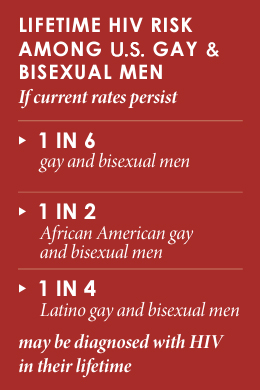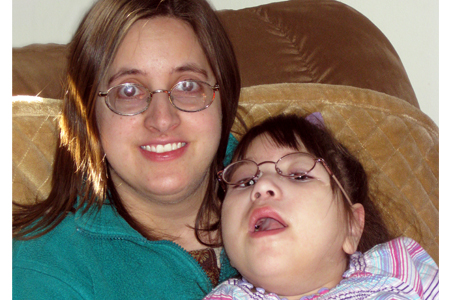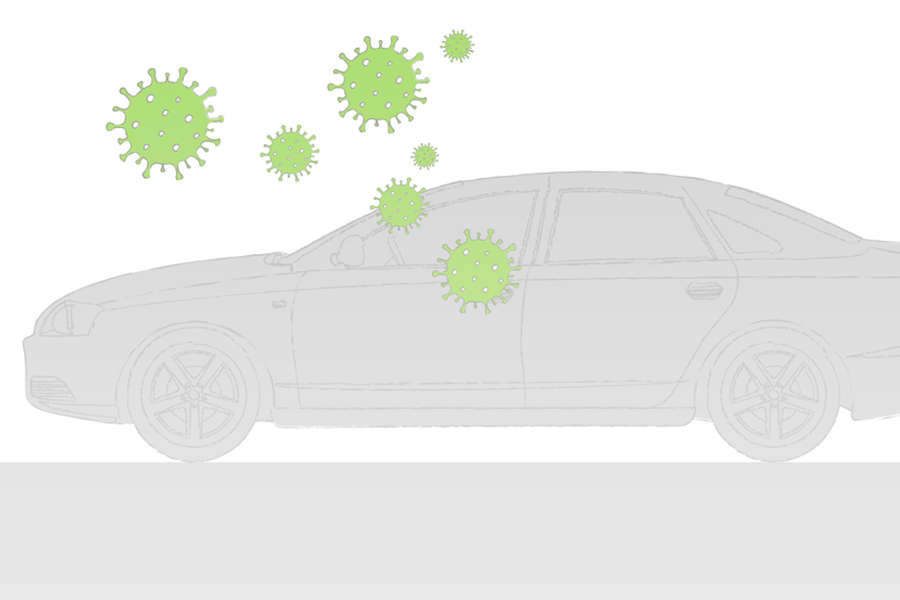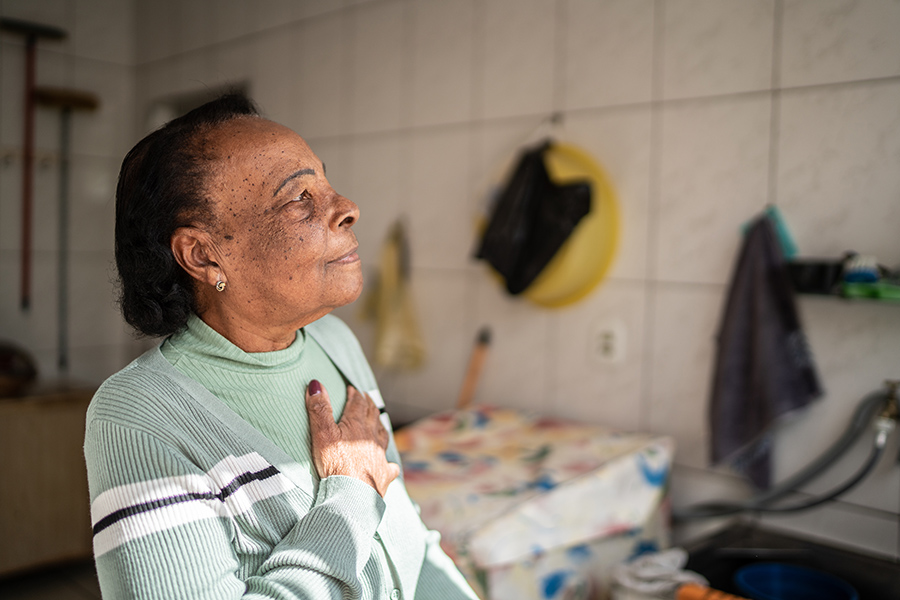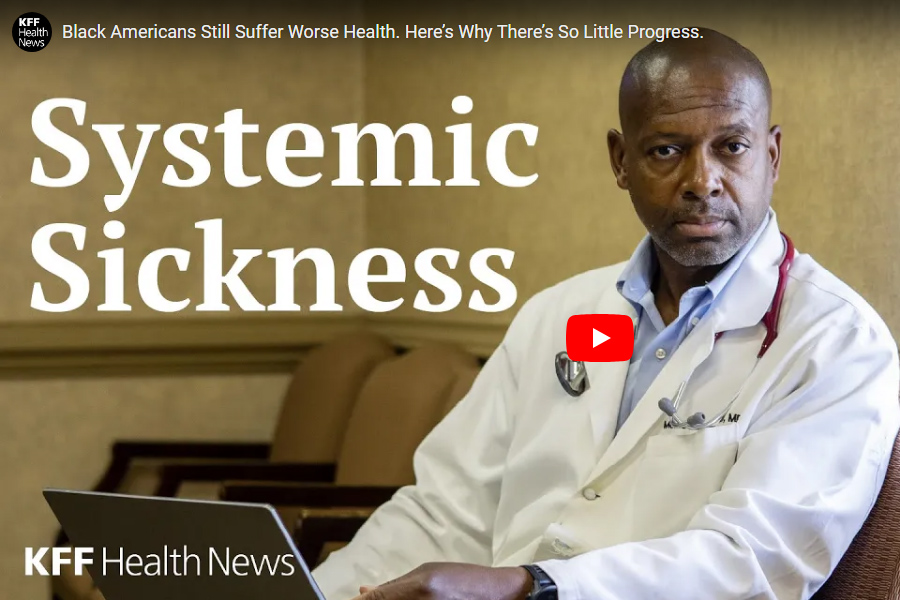Since the first cases of human immunodeficiency virus (HIV) were reported back in 1981, an estimated 76 million people have been infected worldwide, resulting in over 22 million deaths and 13 million AIDS orphans.
What is HIV?
HIV (human immunodeficiency virus) is a virus that attacks cells that help the body fight infection, making a person more vulnerable to other infections and diseases. It is spread by contact with some – but not all – bodily fluids of a person with HIV. The fluids that can spread HIV include blood, semen, pre-cum, rectal fluids, vaginal fluids and breast milk. However, saliva, tears, sweat, feces or urine (unless blood is also mixed with those fluids) cannot transmit HIV. The most common ways HIV is spread is during unprotected sex or through sharing injection drug equipment.
If HIV is not treated, it can lead to AIDS (acquired immunodeficiency syndrome). AIDS is late-stage HIV infection that occurs when the body’s immune system is badly damaged from HIV.
Today, approximately 38 million people are living with HIV worldwide. Despite advances in treatment and the widespread distribution of antiretroviral drugs, infection and death rates remain alarmingly high. In 2019 alone, an estimated 1.7 million people around the world were infected with HIV – roughly 5,000 per day – while over 690,000 died of HIV-related complications.
In the United States alone, 1.2 million people are currently living with HIV, with approximately 35,000 new HIV infections being diagnosed each year. 13% of people with HIV do not know they have it.
HIV has no cure, but it does have treatment (antiretroviral therapy or ART). With treatment, people living with HIV can expect to live as long as their peers who do not have HIV. Studies show that a person living with HIV has a similar life expectancy to an HIV-negative person – provided they are diagnosed in good time, have good access to medical care, and can adhere to their HIV treatment regimen.
Stages of HIV
When people with HIV don’t receive treatment, they typically progress through three stages:
Stage 1: Acute HIV Infection
In stage 1 HIV, people have a large amount of HIV in their blood and are very contagious. After HIV exposure, the virus replicates quickly and is spread throughout the body in as little as 24 hours. At this stage, it is easily transferrable before symptoms start to appear. Within 2-4 weeks, many people develop flu-like symptoms. For some individuals, their HIV infection may be completely asymptomatic.
The flu-like symptoms of a stage 1 HIV infection may include:
- fever
- muscle or joint pain
- fatigue
- night sweats
- skin rashes
- ulcers in the mouth
- sore throat
- swollen glands
- nausea or vomiting
These symptoms represent the body’s natural response to an infection as it attempts to kill off the virus. However, the human body cannot completely remove HIV once it is present. This natural process stabilizes as the viral load is reduced, but HIV remains.
Stage 2: Chronic HIV Infection
After the acute stage has ended, if the person has not received treatment, the virus remains active. It reproduces at very low levels but continues to damage immune cells. At this stage, there are usually no symptoms – or if there are, the symptoms are very mild. This is why doctors sometimes call stage 2 “asymptomatic HIV infection” or “clinical latency.” The virus can still be transmitted to others during this stage, even if it causes no symptoms.
Without HIV treatment, this stage may last a decade or longer, or it may progress faster. At the end of this stage, the amount of HIV in the blood (viral load) goes back up and the person may move into Stage 3 (AIDS).
However, those who take HIV treatment as prescribed may never move into Stage 3 (AIDS). Modern antiretroviral medications can stop the infection from progressing. These drugs greatly reduce the viral load to very low levels. When the viral load is so low that tests cannot detect it, HIV can no longer damage the immune system or be transmitted to other people. Some refer to this as “undetectable equals untransmittable” or “U=U.”
Stage 3: AIDS
Stage 3 HIV, also known as AIDS, is the most advanced stage. It occurs when the immune system is damaged to the extent that it can no longer fight off infections. People with AIDS can have a high viral load and may easily transmit HIV to others. Because of their damaged immune systems, individuals with AIDS can get an increasing number of opportunistic infections or other serious illnesses.
Without HIV treatment, people with AIDS typically survive about three years.
Life Expectancy After Diagnosis
HIV has no cure, but for a person with HIV, their outlook largely depends on whether they have consistent access to treatment and are taking it as prescribed. If a person with HIV receives consistent antiretroviral therapy before the infection advances, they can live a long, healthy life, with a life expectancy comparable to that of someone without HIV.
Without treatment, a person may develop stage 3 HIV (AIDS) within 2–15 years after contracting the virus. The life expectancy after an AIDS diagnosis is 3 years. Fortunately, with advances in HIV treatment, progression to Stage 3 (AIDS) is less common today than in the early years of HIV.
History of HIV/AIDS in the U.S.
HIV originated in 1920 in the Democratic Republic of Congo, spreading slowly to Haiti and the Caribbean before jumping to New York City around 1970 and California within the decade. In 1980, Ken Horne, a gay sex worker in San Francisco, California, became the first person to be diagnosed with acquired immune deficiency syndrome (AIDS) in the United States. A year later, the Centers for Disease Control and Prevention’s (CDC’s) Morbidity and Mortality Weekly Report described five cases of Pneumocystis pneumonia among young “homosexual” men living in Los Angeles, California. Despite growing cases, news agencies struggled with coverage of the disease due to its association with the gay community. By 1982, the term “gay-related immune deficiency” gained traction in the media and among healthcare professionals to describe the assumed link between those who are LGBTQ+ and what would later be known as human immunodeficiency virus (HIV). Both social stigma and ignorance contributed to the initial lack of federal response to the epidemic, and the delay in this response resulted in the disproportionately devastating impact of HIV on the LGBTQ+ community.
A full HIV/AIDS timeline by the Centers for Disease Control and Prevention can be found here. For more information about the history of HIV/AIDS treatment in the U.S., see resources below.
Who Can Get HIV/AIDS?
HIV impacts individuals of all ages, ethnicities, and sexual orientations. It can be transmitted through blood, semen, pre-cum, rectal fluids, vaginal fluids and breast milk. HIV can be transmitted via shared needles in drug paraphernalia. When transmitted through sexual contact, HIV is more easily transmitted through the anus rather than the vagina, making it a disease that disproportionately impacts men who have sex with men (MSM).
In the United States, men who have sex with men get HIV at higher rates than any other group. This is because a person is more likely to get HIV from anal sex than vaginal sex. The risk of contracting HIV from anal sex may be as much as 18 times greater than that of vaginal sex. This is in part due to:
- The makeup of rectal tissues: The vagina is lined with layers of cells, known as epithelial cells, that provide a barrier against infection. The rectum is lined with only a single layer of these cells.
- The fragility of rectal tissues: Rectal tissues are fragile and prone to breakage. This provides the virus easier direct access into the body.
- The immune response: Rectal tissues are also rich in a type of immune cell called CD4 T cells, that are the very cells HIV targets for infection.
- The viral load: Rectal fluids contain a high concentration of HIV, in some cases as much as five to 25 times higher than in blood or semen.
Social, cultural, and economic factors – such as stigma, racism, homophobia, and high rates of poverty – further compound the risk. Race, class, and sexual orientation continue to shape the HIV epidemic in the United States and around the world, with new infections disproportionately affecting men who have sex with men in communities of color. Thirty-seven US states still criminalize people living with HIV, and these laws disproportionately affect economically poor people, people of color, and gay men. In the United States, gay and bisexual men make up nearly 70% of all new HIV diagnoses each year; more than 50% of those diagnosed are people of color.
Ending the Epidemic
More people are living well with HIV than ever before. Numerous federal and local government departments and agencies collectively provide disease surveillance, prevention, care, support services, and health insurance coverage, including: Medicaid, Medicare, the Ryan White HIV/AIDS Program, and the Housing Opportunities for Persons with HIV/AIDS Program (HOPWA). Social Security’s income programs for those who are disabled (SSI and SSDI) are important sources of support. The Centers for Disease Control and Prevention (CDC) leads U.S. surveillance and prevention activities, which are carried out in conjunction with state and local health departments. In addition to government efforts, a wide range of private sector and community-based organizations provide critical services for people with HIV and those at risk for HIV. Some national community-based resources can be found here and here.
ART Therapy and PrEP
Antiretroviral therapy (ART) – the standard of care for HIV as of 1996 – has substantially reduced HIV-related mortality, improved long-term outcomes for people with HIV, and plays a key role in HIV prevention. Treatment guidelines recommend initiating treatment immediately after HIV diagnosis. When an individual with HIV is on antiretroviral therapy and the level of HIV in their body is undetectable, studies have shown that there is no risk of transmission through sex.
Current U.S. HIV treatment guidelines recommend initiating ART as soon as one is diagnosed with HIV. New research (including the Strategic Timing of Antiretroviral Treatment study or START) has underscored the importance of starting treatment early. Engaging in treatment early and consistently offers the best possible outcomes for individuals with HIV, and also has preventive benefits; when an individual with HIV is consistently engaged with antiretroviral therapy and the level of HIV in their body is undetectable, there is effectively no risk of sexual transmission.
Another leap in HIV treatment came in 2010 when a study showed that taking a daily dose of antiretrovirals not only helped those who were HIV-positive but also could protect healthy people from becoming infected. In 2012, the FDA approved Truvada, a once-a-day drug for pre-exposure prophylaxis or PrEP. When taken according to guidelines, PrEP can lower the risk of catching HIV to almost zero.
The Affordable Care Act (ACA)/Obamacare
The passage of the Affordable Care Act (ACA) in March 2010 provided new opportunities for expanding healthcare access, prevention, and treatment services for millions of people in the U.S., including many people with or at risk for HIV. For people living with HIV, the expansion of the Medicaid program (in states that have elected to expand their programs) has been an important source of new coverage. New protections in the law (including non-discrimination policies, elimination of preexisting condition exclusions, an end to lifetime and annual caps, and discrimination based on sex) made access to health coverage more equitable, as well as provided opportunities for coverage in the private individual market via health insurance marketplaces with subsidies available to those on low and moderate incomes.
“Ending the HIV Epidemic” Initiative
The “Ending the HIV Epidemic Initiative: A Plan for America” (EHE) is a federal effort to reduce new HIV infections in the United States by 75% in five years and by 90% in ten years. It includes four “pillars”: diagnose, treat, prevent, and respond. The initiative was built on efforts made by the Obama Administration and continues under the Biden Administration. It targets the regions hardest hit by the HIV epidemic, including 48 counties with the highest number of diagnoses, San Juan, Puerto Rico, Washington D.C, and 7 states with a substantial rural burden. It has also been accompanied by an infusion of federal funding, marking the first significant increase for programs in many years.
Key government programs that provide health insurance coverage, care, and support to people with HIV in the U.S. include Medicaid, Medicare, the Ryan White HIV/AIDS Program, and the Housing Opportunities for Persons with HIV/AIDS Program (HOPWA). Social Security’s income programs for those who are disabled (SSI and SSDI) are important sources of support. The Centers for Disease Control and Prevention (CDC) leads U.S. surveillance and prevention activities, which are carried out in conjunction with state and local health departments. In addition to government efforts, a wide range of community and other organizations provide services for people with HIV and those at risk for HIV.
The Future is Bright
Today, thanks to improvements in the effectiveness of treatment with HIV medicine, people with HIV who are diagnosed early and who get and stay on ART can keep the virus suppressed and live long and healthy lives. For this reason, more than half of people living with diagnosed HIV in the United States are aged 50 and older. People aging with HIV share many of the same health concerns as the general population aged 50 and older: multiple chronic diseases or conditions, the use of multiple medications, changes in physical and cognitive abilities, and increased vulnerability to stressors. For more information on living with HIV, visit HIV.gov.
Resources:
- www.hiv.gov
- www.cdc.gov/hiv/default.html
- npin.cdc.gov/pages/hiv-and-aids-timeline#1980
- www.ncbi.nlm.nih.gov/pmc/articles/PMC8493153
- www.medicalnewstoday.com/articles/316056
- www.cdc.gov/hiv/basics/whatishiv.html
- www.history.com/news/aids-epidemic-ronald-reagan
- profiles.nlm.nih.gov/spotlight/ncaids/background-information
- www.nbcnews.com/feature/nbc-out/lgbtq-history-month-early-days-america-s-aids-crisis-n919701
- www.verywellhealth.com/why-do-gay-men-have-an-increased-risk-of-hiv-3132782
- www.vox.com/2015/12/1/9828348/ronald-reagan-hiv-aids
- www.vanityfair.com/news/2015/11/reagan-administration-response-to-aids-crisis
- www.cdc.gov/hiv/basics/livingwithhiv.html
- www.imdb.com/title/tt5260372
- www.webmd.com/hiv-aids/hiv-treatment-history
- www.researchgate.net/publication/230678322







